Nicolai Tram takes a seat in the dining room of his restaurant, in front of large windows that at night will allow his guests to immerse themselves in the forest. The Danish-born chef relaxes for a second, as if gathering momentum, and with his eyes lost in the trees says: “Nothing you see out there is perfect. However, everything is perfect just the way it is. That’s what we do at Knystaforsen, it’s wabi-sabi.”
Wabi-sabi is a Japanese concept so complex that the citizens of the Land of the Rising Sun often refuse to give a definition of it, but it can be interpreted as “the ability to see beauty in the imperfection and deterioration of things”. A feeling somewhere between melancholy and cozy that highlights the value of craftsmanship.
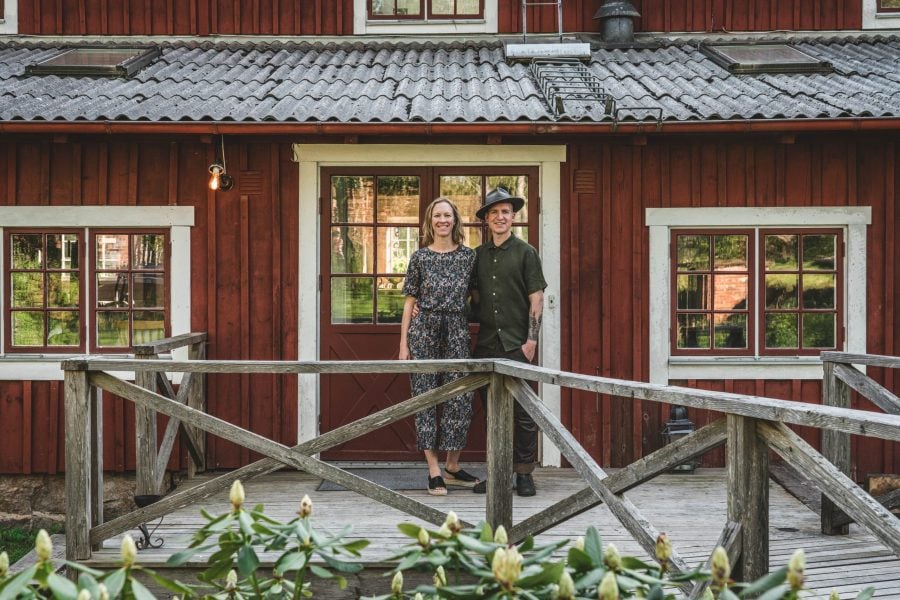
Tram is no ordinary chef. Under his felt hat topped with feathers, he wears a moss-green waxed cotton shirt and pants and country boots. His attire suggests that he could go out to explore the forest at any time, only to return after a few hours covered in mud, with a sack full of mushrooms, roots and plants for cooking, and from time to time that’s just what he does.
However, despite his unorthodox restaurateur approach – or perhaps precisely because of it – Nicolai and Eva Tram, his wife, have managed to make Knystaforsen, the restaurant they run in a forest in the heart of Sweden, a slow pilgrimage for foodies and diners from all over the world.
In 2022, just two years after opening the restaurant, the Trams earned both one Star and a Green Star from the Michelin Guide while remaining faithful to a DNA that links them morally and emotionally to the forest that surrounds them – from the fire Nicolai uses for cooking, to the vigorous river that flows in front of their restaurant – the same one that once turned the sharp teeth of the sawmill that occupied this remote location.
Before arriving in the Swedish forest, Nicolai Tram worked in some of the most prestigious restaurants in Spain, ran his own Nordic bistro, Jacobsen, in Copenhagen, and spent five years cooking for a Danish TV show. It was an exhausting period that left him without energy, and in 2017, together with Eva, he decided to jump off the hamster wheel: “We left the big city to create a more fluid life, which would allow us to be together, work together and raise our children in our own way,” explains Nicolai. So the Trams sold everything and moved with their two children to Rydöbruk in Sweden.
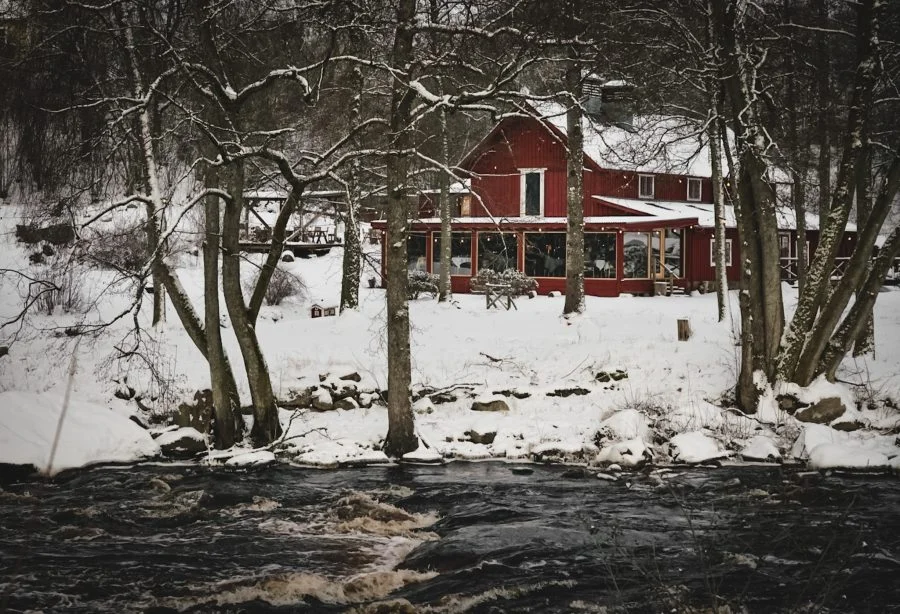
Knystaforsen’s location is as important as its menu. Eva, originally a photographer and food writer, is credited with sensing its potential. It was her who fell in love with the powerful magnetism of the old sawmill by the Nissan River, and it was there that they built their home shortly after leaving Copenhagen and where Nicolai, then a burned-out chef, rediscovered his passion for cooking when he was forced to use a wood fire because he had no other source of energy. “I lit that fire and that fire lit my passion again,” the chef says.
Three years after settling in, having written a couple of books together on cooking with fire, the Trams decided to start hosting meals at their home on two alternating weekends each month. “When we started, we lived upstairs and the restaurant was downstairs, and our cat would walk around the dining room and our kids would show up in their pajamas in the middle of the service,” Eva explains. “It’s not like that anymore, but we want guests to feel like they’re coming to our house because, really, this is home: where not everything is perfect, but you’re always welcome.”
That experimental restaurant was an absolute success and grew little by little, like moss on rocks.
“I’m glad to have grown so organically. I’m very glad we didn’t borrow two million euros. We bought the house and opened the restaurant for 40,000 euros and today we don’t need to work to pay off a loan. We work to feed our passion,” says Nicolai with a spark in his eyes.
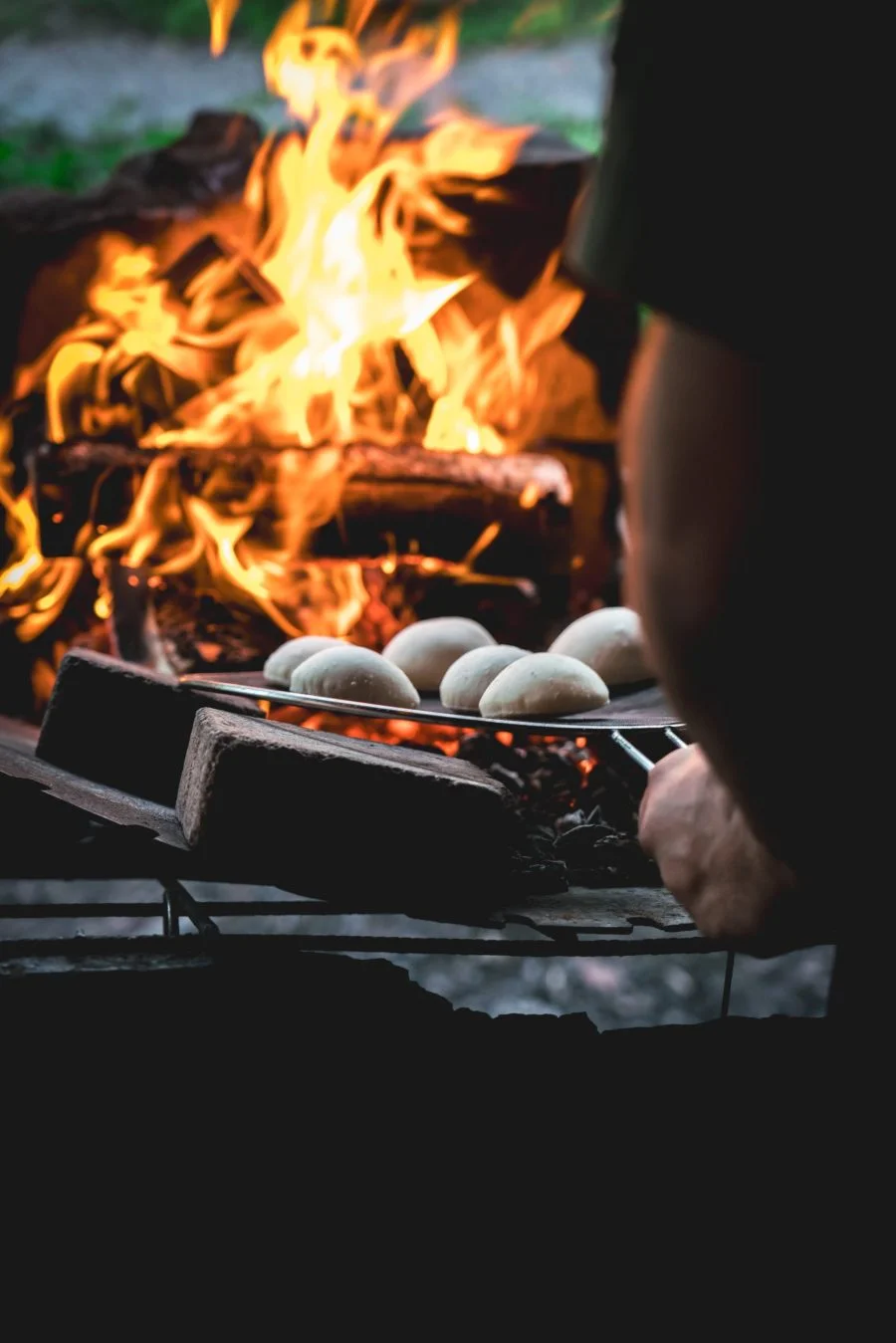
Fire, forest, lakes (or river) and love. This is the mantra repeated by this yin-yang formed by Nicolai and Eva, Eva and Nicolai, when they describe the pillars of Knystaforsen. Fire with which they cook, forests and lakes where they get their ingredients, and love that the couple professes to each other, with which they protect their team and which they offer to their guests unconditionally.
During nights inside the pristine Swedish forests, the old sawmill displays a cinematographic feeling of Tarantino’s ‘The Hateful Eight’, Lynch’s ‘Twin Peaks’ and Larsson’s ‘The Girl With The Dragon Tattoo’. All this meeting Danish ‘hygge’, outdoor cooking, fire places, flames, smoking chimneys, hundreds of lightbulbs, a four hour Nordic tasting menu, good times and an abundance of soul and togetherness.
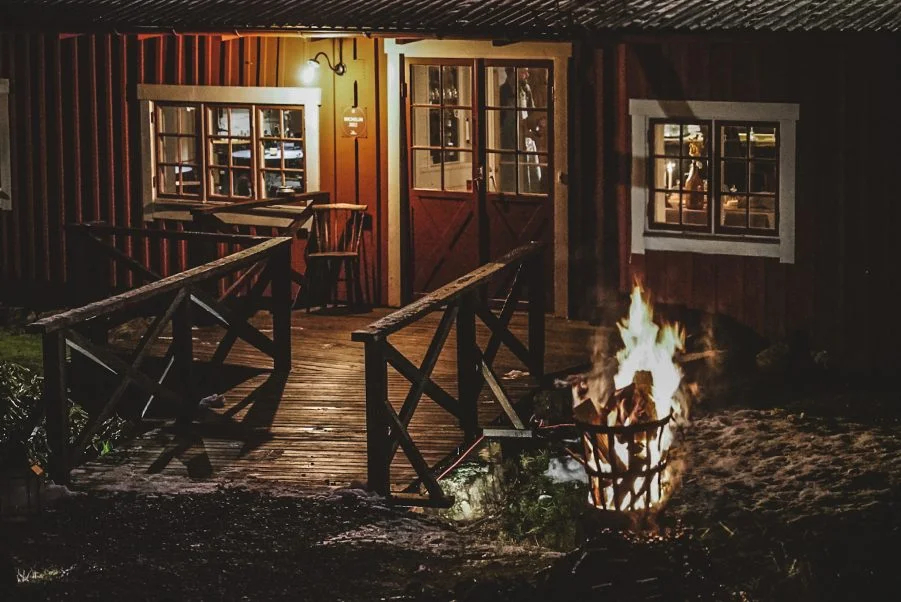
When you get to Knystaforsen you can feel all that. After turning off the main road onto a dirt track, a fire burning in a cauldron points you in the right direction, like a beacon. Next to the flames, a member of the restaurant’s staff welcomes you and guides you along a footbridge that leads you past a powerful upwelling of water from the river, which roars in the distance.
After climbing a few steps, you enter the former Tram dormitory, now converted into a welcoming space, with black-painted wooden walls, warm indirect lighting, bouquets of dried flowers and second-hand Scandinavian furniture. Everything fits despite being so heterodox.
When dining at Knystaforsen one can choose to have an appetizer such as the Smoked Negroni, a recipe that replaces Campari with Fernet Branca and kombucha from the Milan amaro, to accompany the first three bites of an 18-course menu that will be served in different areas of the restaurant. With the Negroni – or the drink of choice – comes the croquette of smoked duck breast with a relish of pickled green tomatoes, the waffle and moose tartare and the potato chip with crayfish and dill vinegar. The three snacks make it clear that Nicolai is a firm believer in René Redzepi’s phrase, “a restaurant is all about the place and the moment”. With greater or lesser intensity, the smoky aromas – to be expected – and balsamic aromas of some herbs, the tangy flavors of vinegars and berries and the surrounding ingredients will be repeated throughout the menu in a constant reference to place and seasonality.
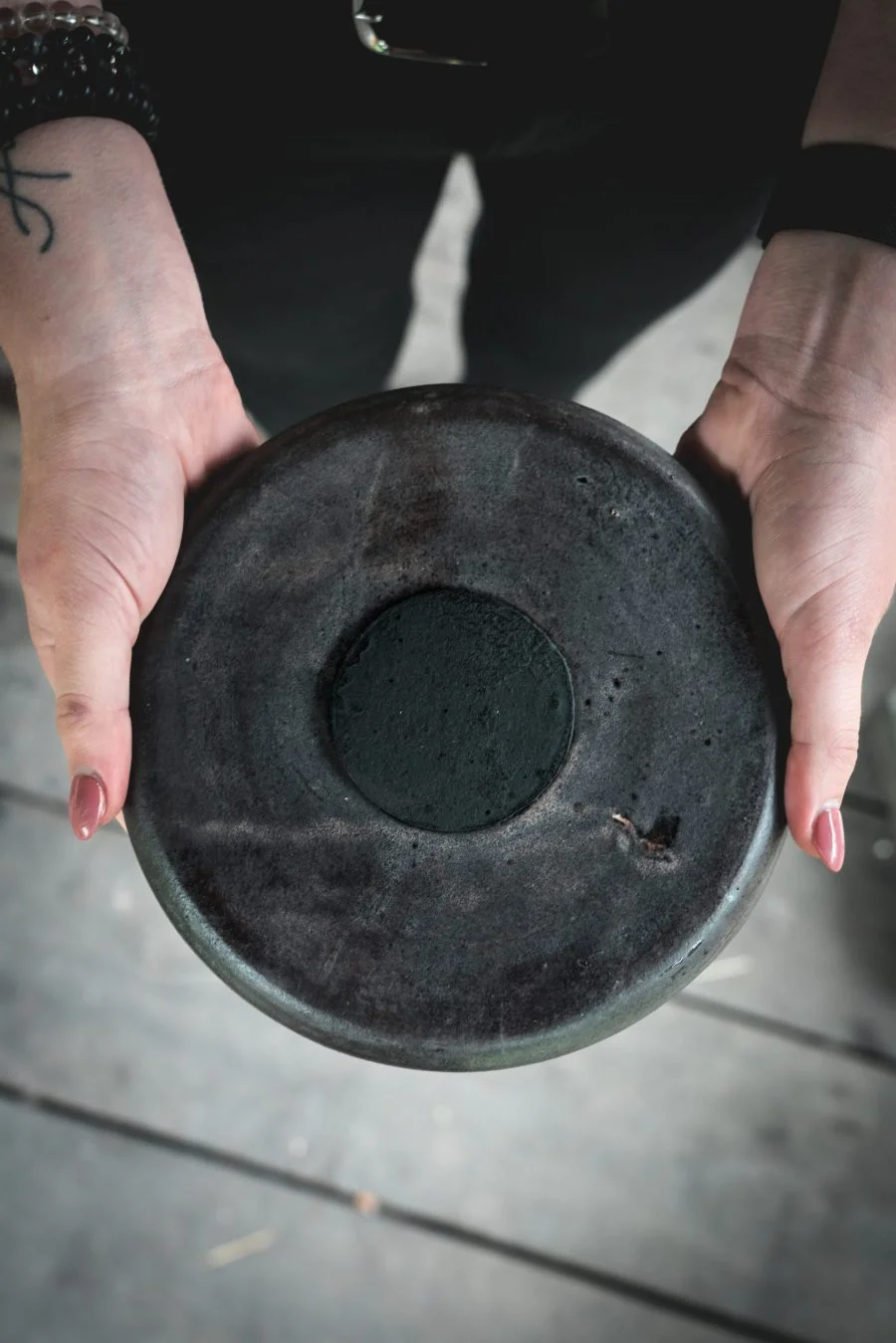
Nicolai’s dishes have an important visual, geometric component. Particularly beautiful are the tartlet of burned onion with trout roe, which evokes smoking embers, the enigmatic Waldorf with caviar, whose aesthetic is absolutely elegant and minimalist, or the angular burnt beetroot and aronia. They are also excellent dishes in terms of taste.
Some of the sauces draw directly from the French tradition, although always with a twist, as in the case of the one that accompanies the pike perch and crayfish dish, which could remind us of a sauce américaine.
Game, in Knystaforsen there is no room for other meats, is sublimely represented in dishes such as duck hearts with silver onion or the fallow deer with truffle, the only two steps on the menu where the meat dominates, very tasty and with a precise point of cooking.
At the climax of the night, the show moves outside, where diners from several tables gather around a bonfire in which a cook prepares æbleskiver à la flambadou, a Danish pastry sweet filled with pickled white gooseberries, a delicious intermezzo during which time stands still, a handful of strangers share complicit smiles in the firelight and after which each table returns to the dining room to face the final part of the menu.
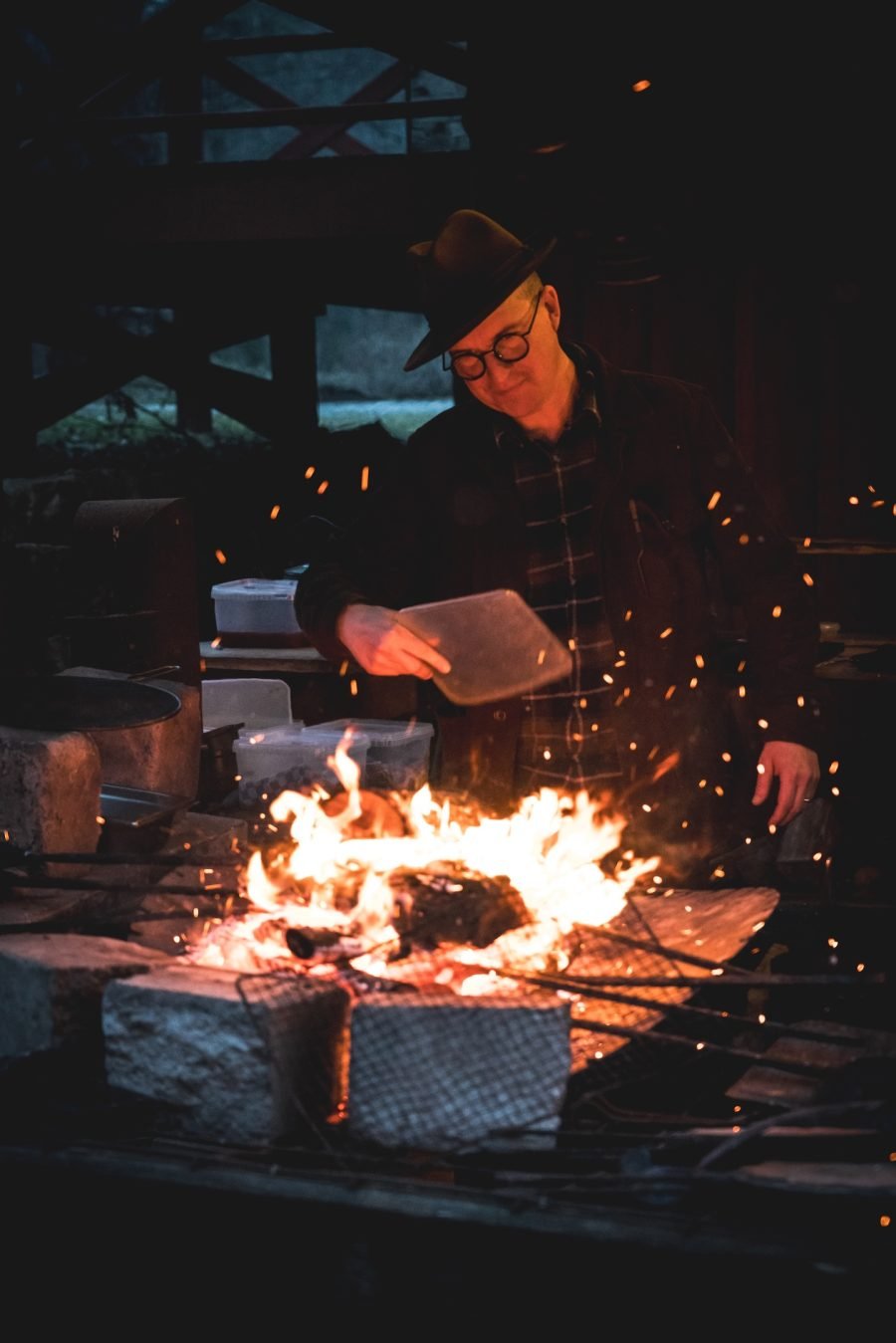
Desserts start with a very refreshing marriage of chamomile and honey, continue with a birch ice cream sandwich that combines umami, sweetness and acidity and finish with an amazing malt ice cream with smoked hazelnut praline and deer blood fondant that is the perfect chocolate dessert without a hint of cocoa. It’s magic.
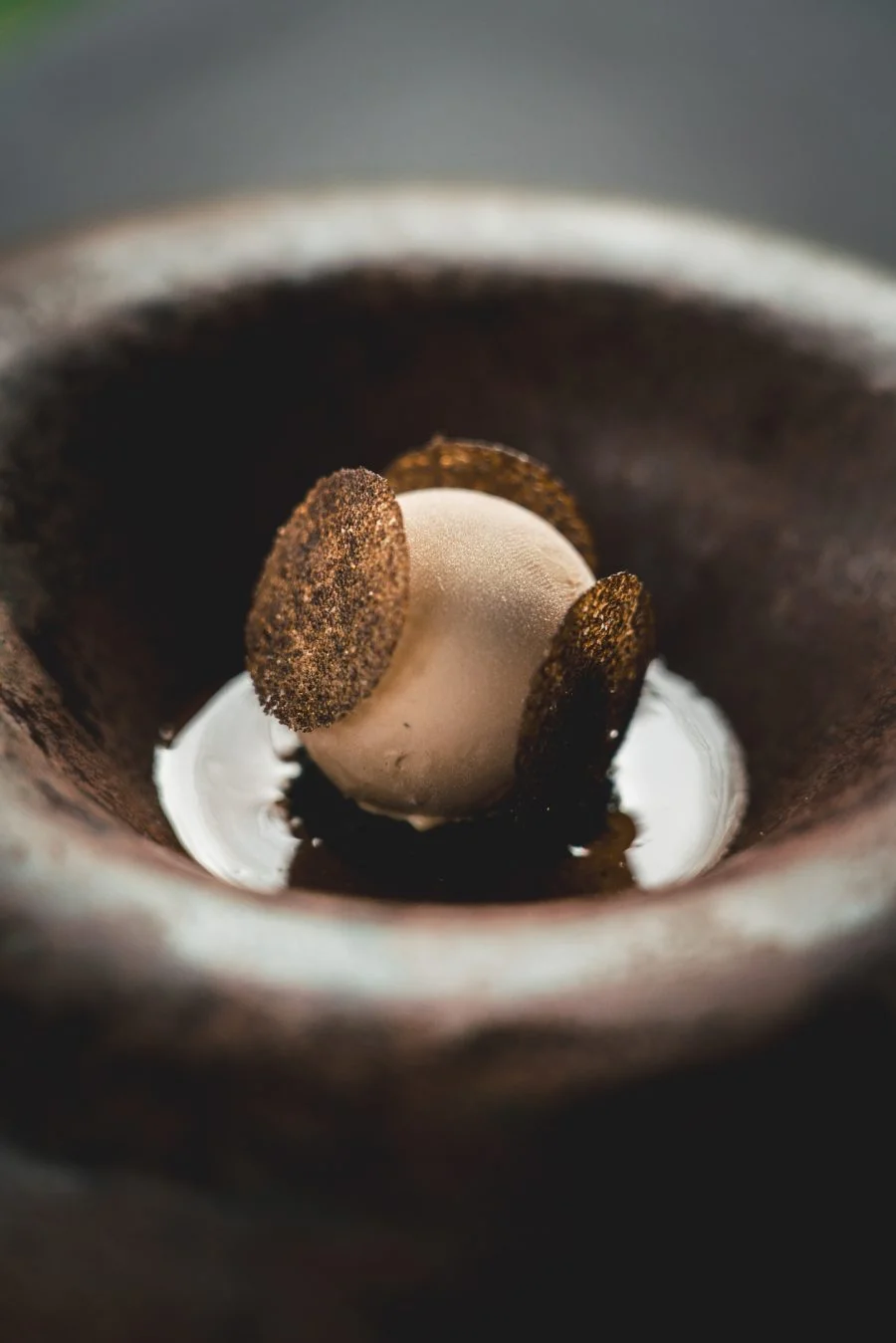
The four pairings offered deserve special mention. The so-called Adventurous includes more radical drinks, although always delicious: wines with skin contact from Alentejo -A Laranja Mecânica-, one made with Georgian grapes in Sweden -Vejbyan 2020-, an extraordinary Swedish Pinot-Noir -Maryls Backe from Erilds Vingard- or a special Mikeller cuvée aged in chardonnay barrels, among others.
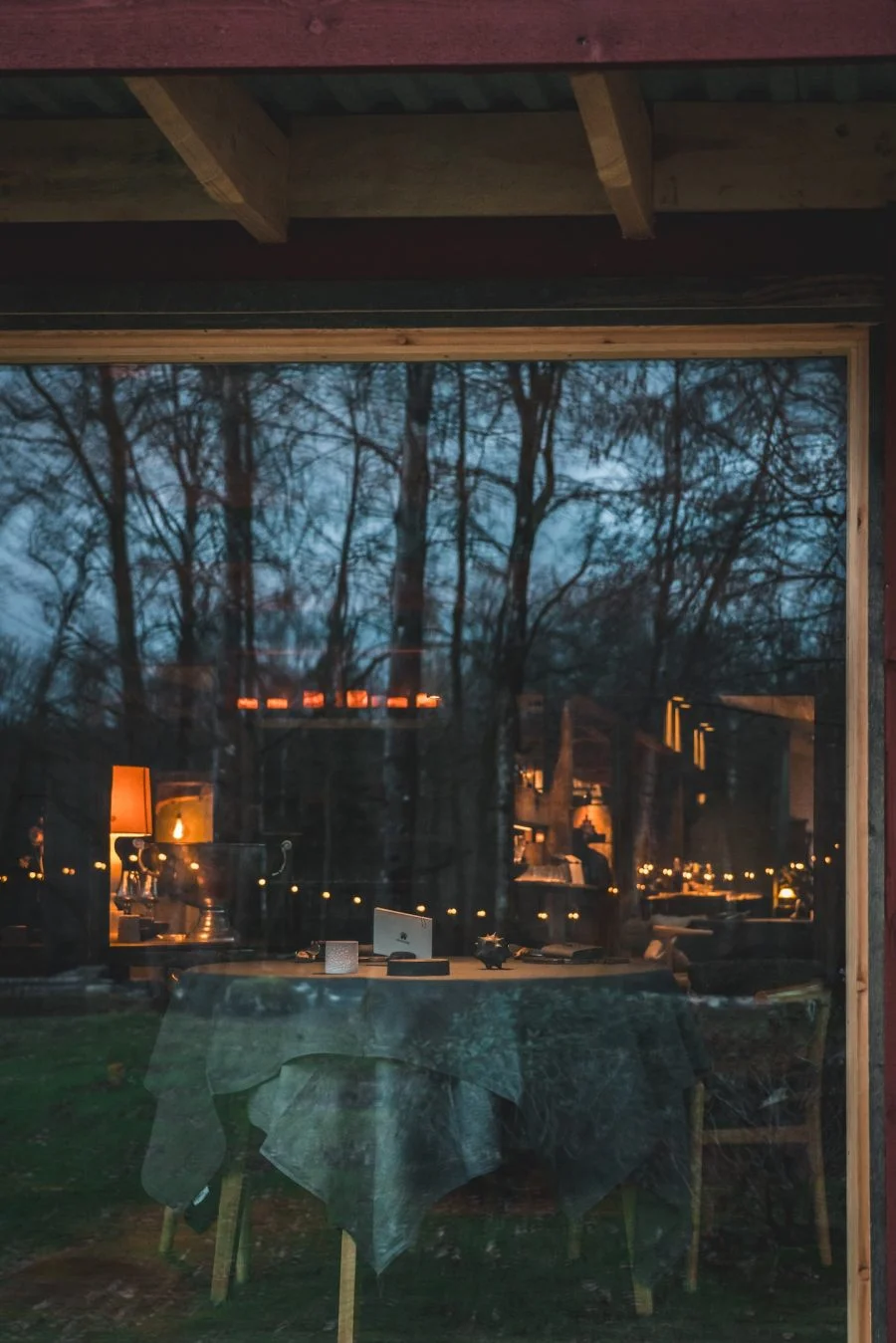
Above all, while you are at Knystaforsen, the homely atmosphere that Eva refers to remains, the kind of atmosphere that makes you feel so welcome and somehow relaxed because everything fits together with its slight imperfections. You can feel it in the crockery, handmade by a local potter. Sometimes it is thicker, sometimes thinner, sometimes rougher or different in color, but it is simply beautiful and anything but industrialized.
The same goes for the cutlery, which could have been found at a flea market before being efficiently cleaned and restored. Or the watercolor that Nicolai paints by hand every day – he has a good artistic touch – to illustrate the menu for each of his guests. There is a sense of beautiful, indulgent decadence in every detail of the restaurant, creating a peaceful atmosphere where you could easily forget your shoes under the table and stay in your socks
“We don’t just work with taste buds, our job is to create memories,” says Nicolai. “Our guests can never be table number 7, they have a name and a surname, they are people,” says Eva.
Knystaforsen, with all the personality of the Tram-family poured into it, is one of those restaurants that have something that escapes the experience itself, the food or the drink. It is a restaurant that is hard to forget, that invites you to stop, that renews your energy and whose food tells you the story of a couple who wanted to live another life, perhaps not as perfect as the one they had in the city, but immensely more beautiful.
Wabi-sabi or, better: Wabi-Swedish.
Knystaforsen
Rydöforsvägen 4, Rydöbruk 31442. Sweden.
www.knystaforsen.se
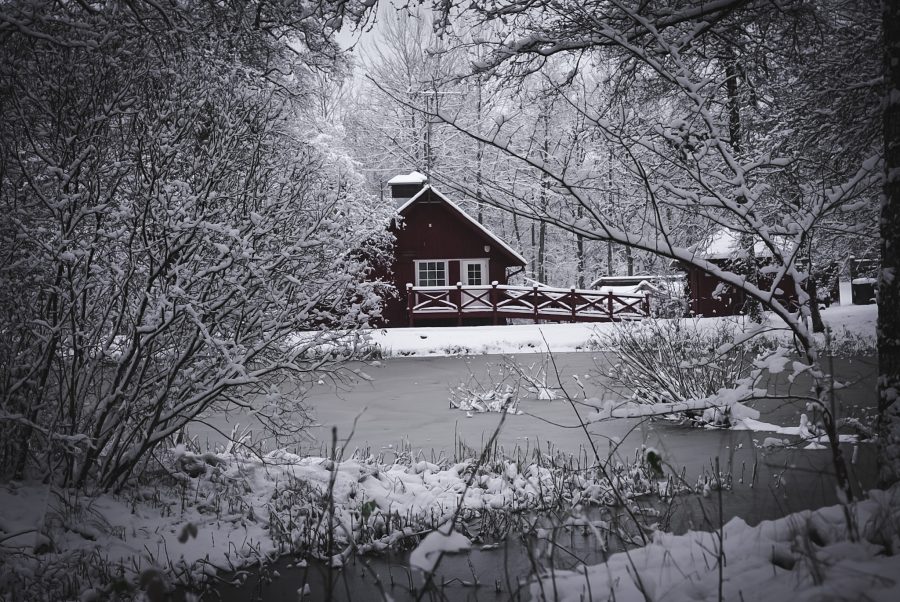


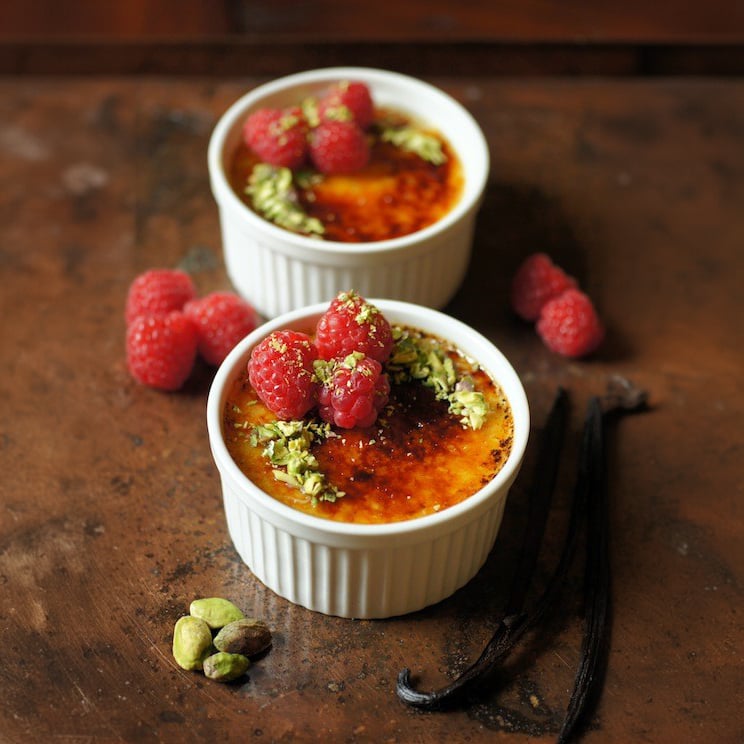
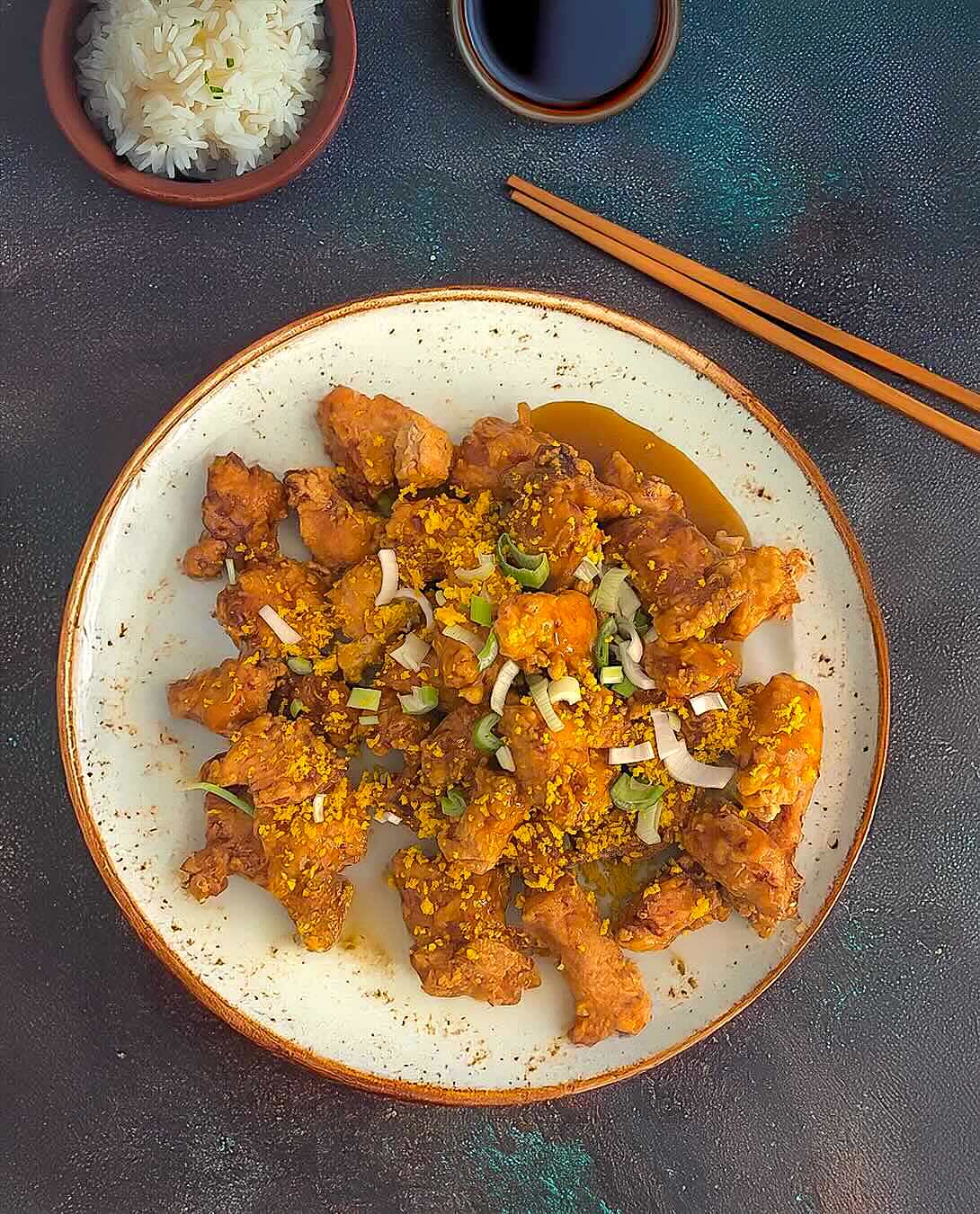

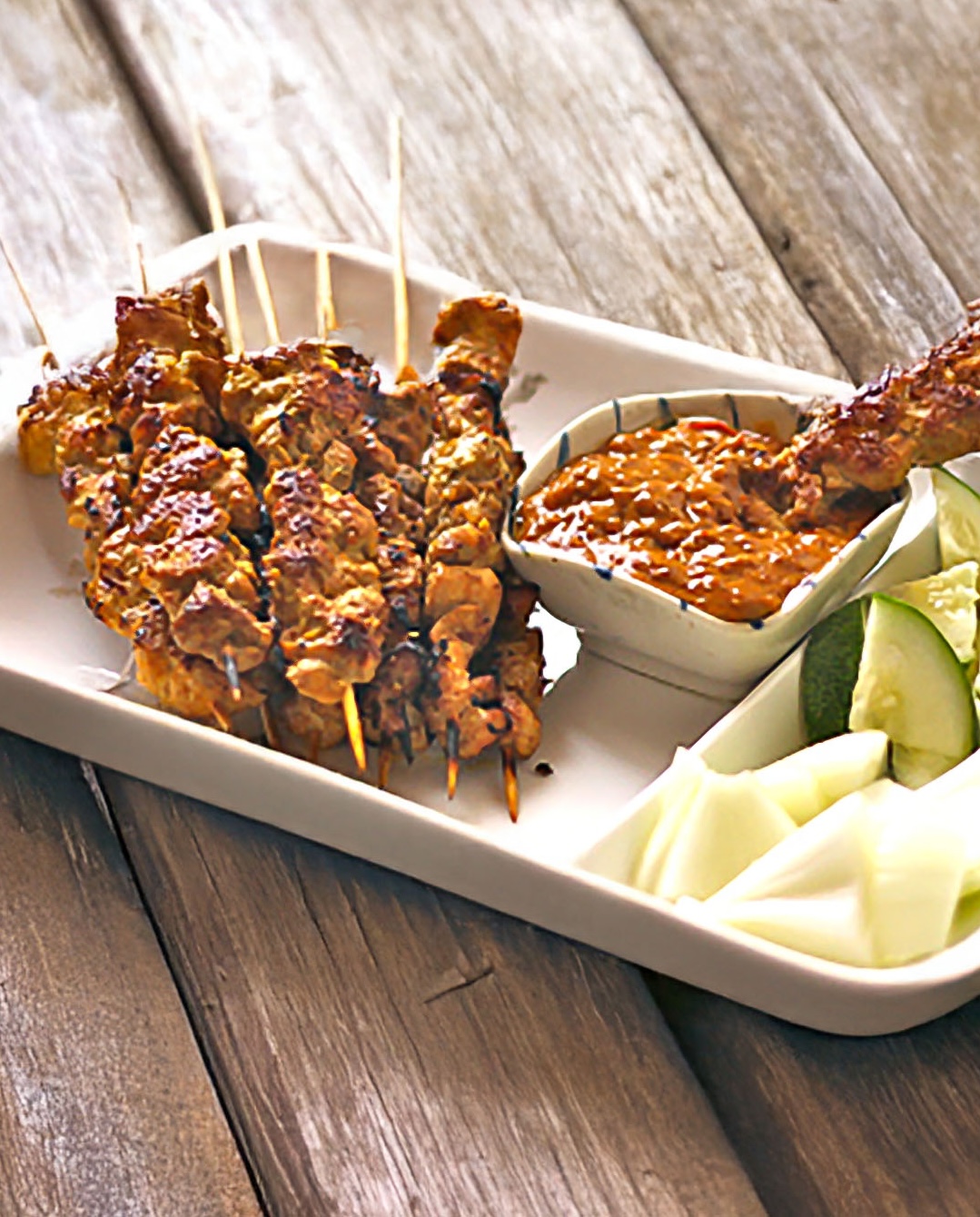
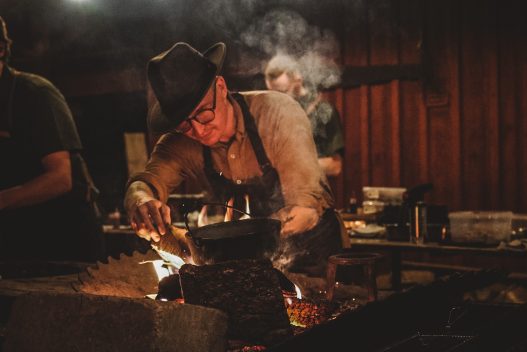
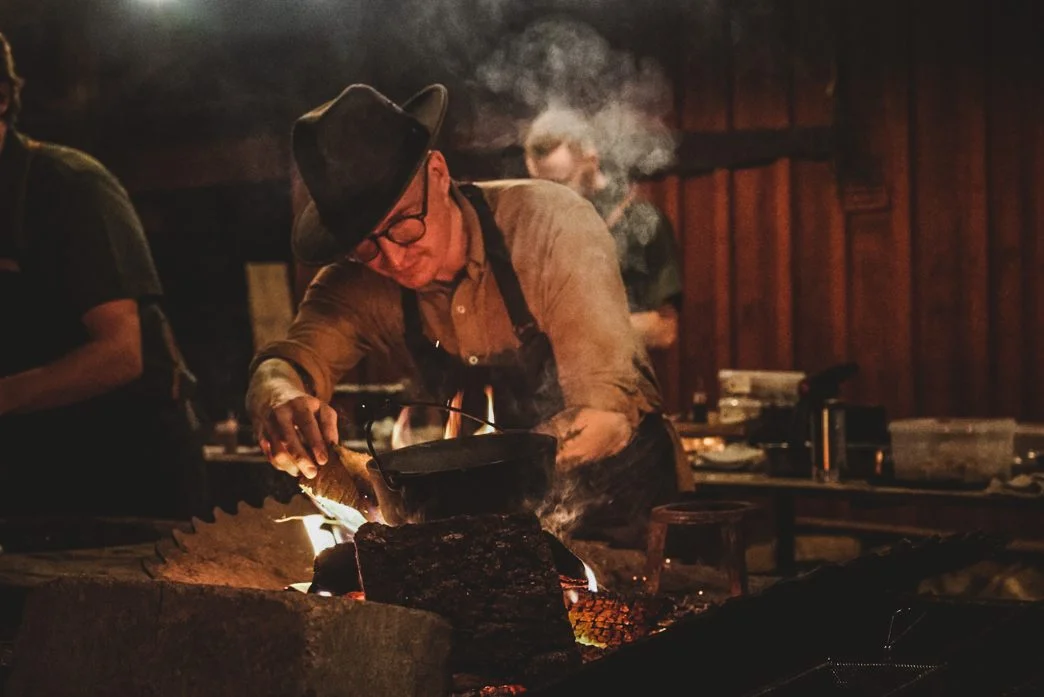

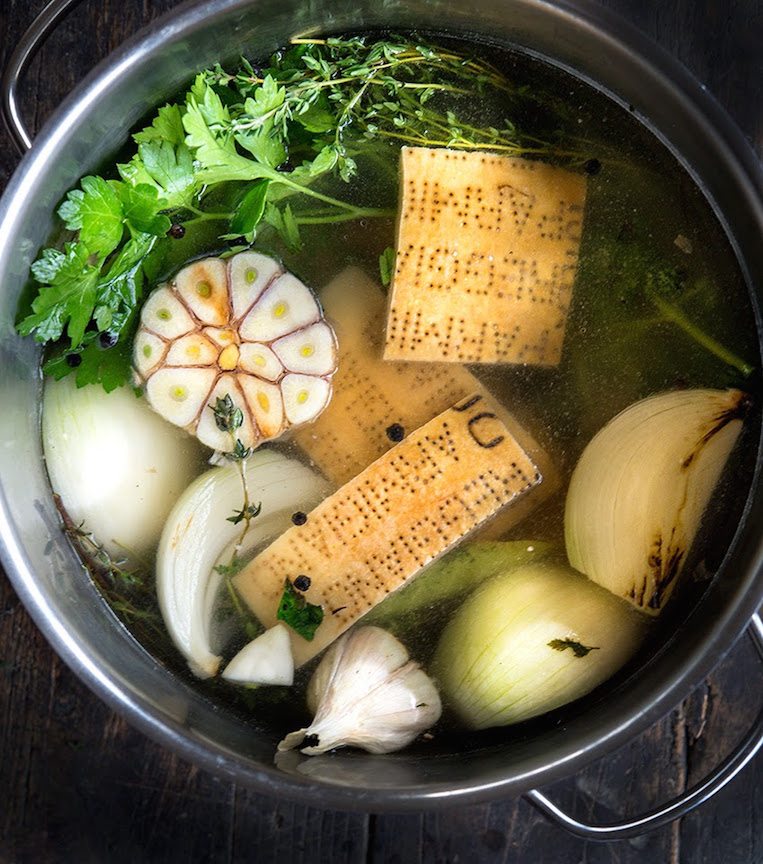

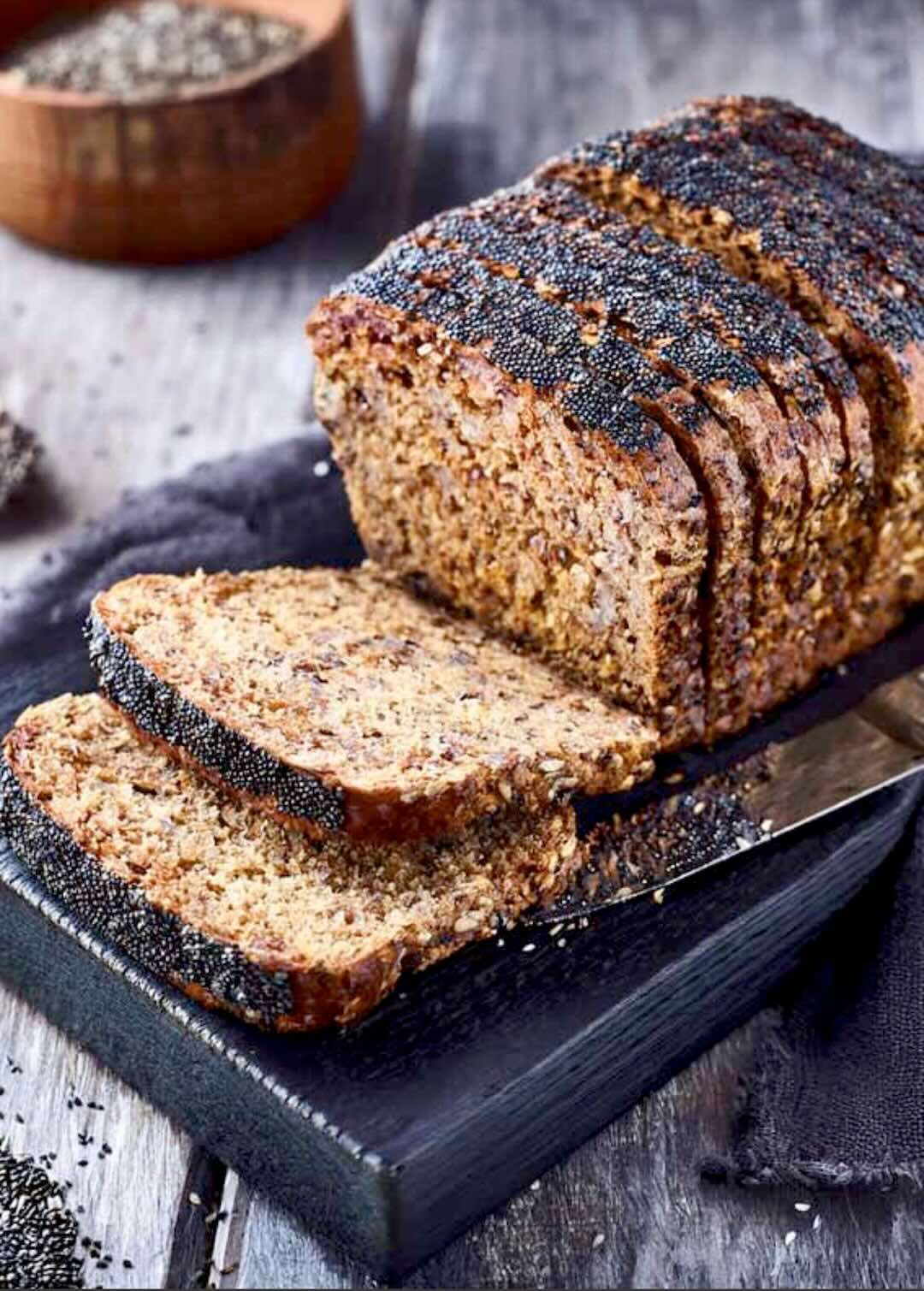
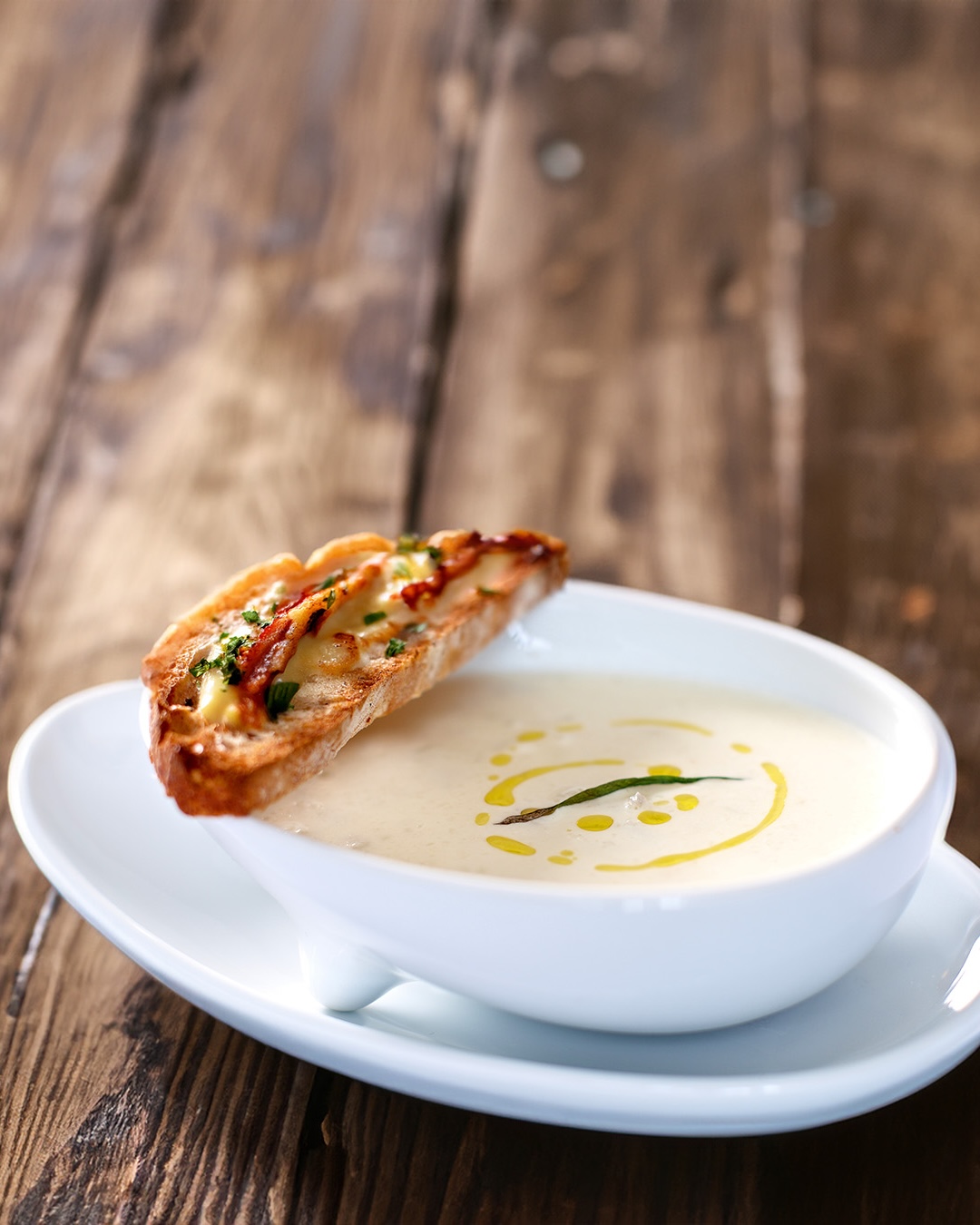
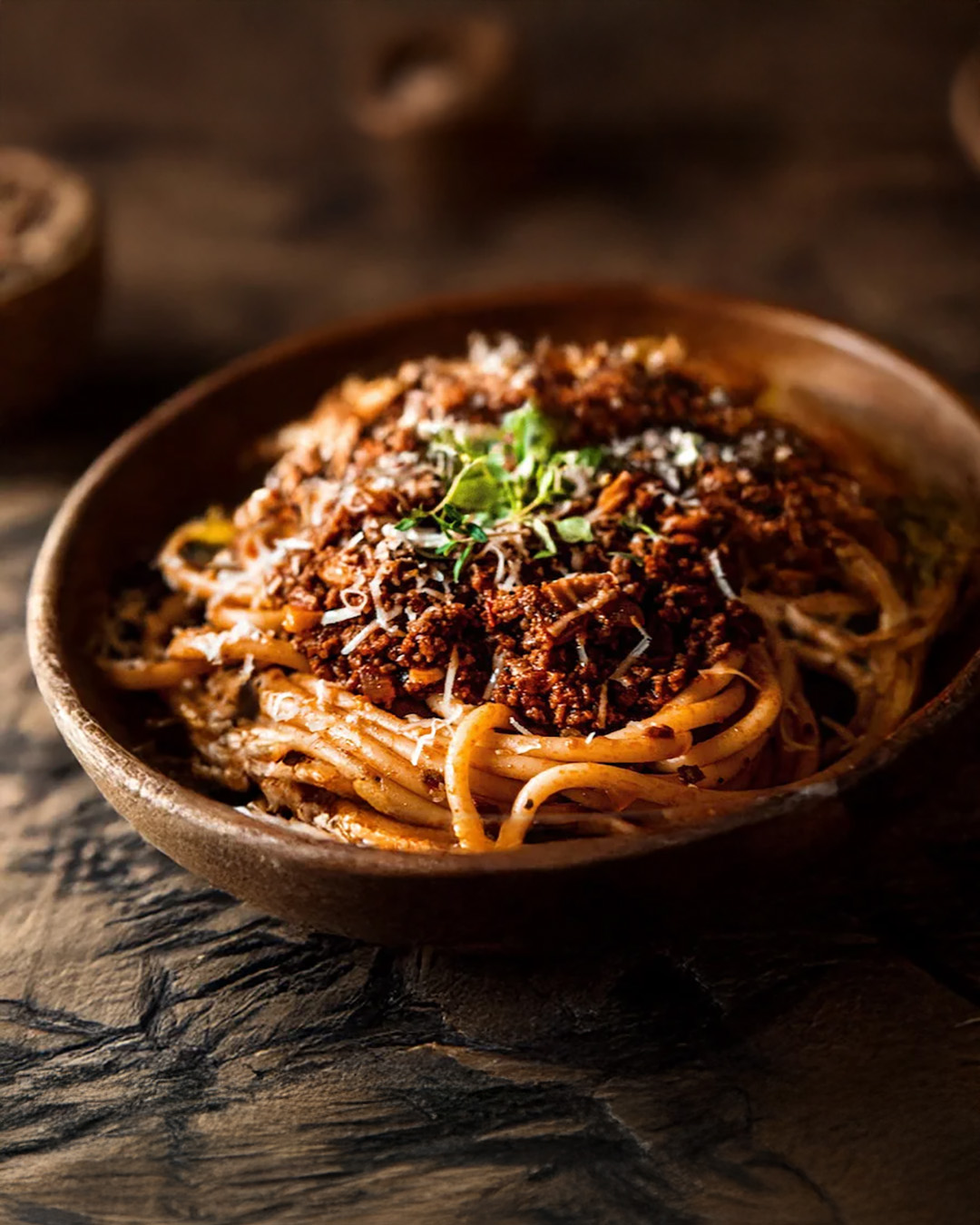
Fantastic nordic experience in an old saw miill in a forest by a roaring river. Sublime.
They are truly special.
Bucket list destination for SURE.
I visited Trams restaurant in Copenhagen back in the days, and it was really good. My biggest memory though was his personality, very exuberant and positive! Would love to visit Knystafors!
Wow, looks absolutely incredible. What an experience!